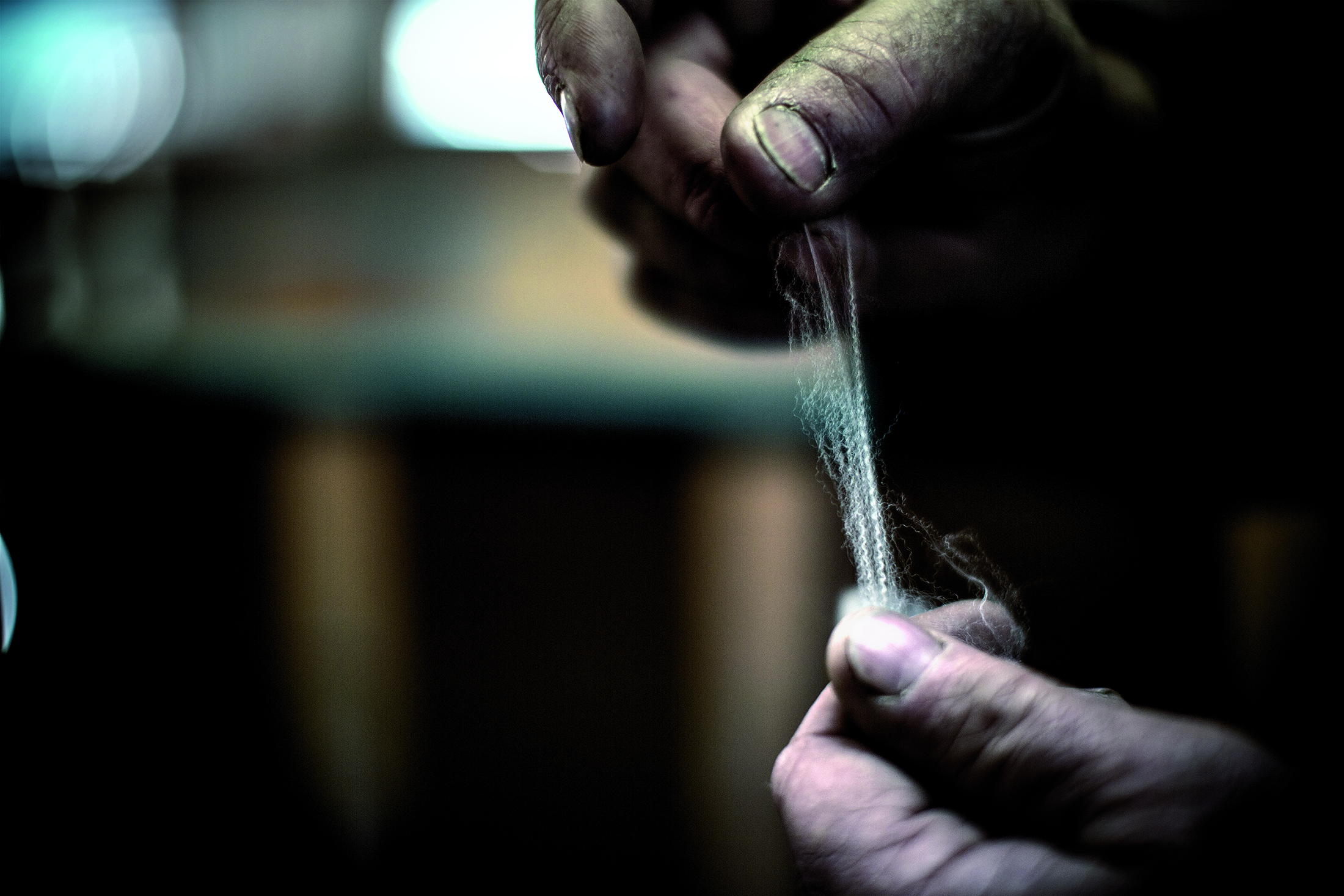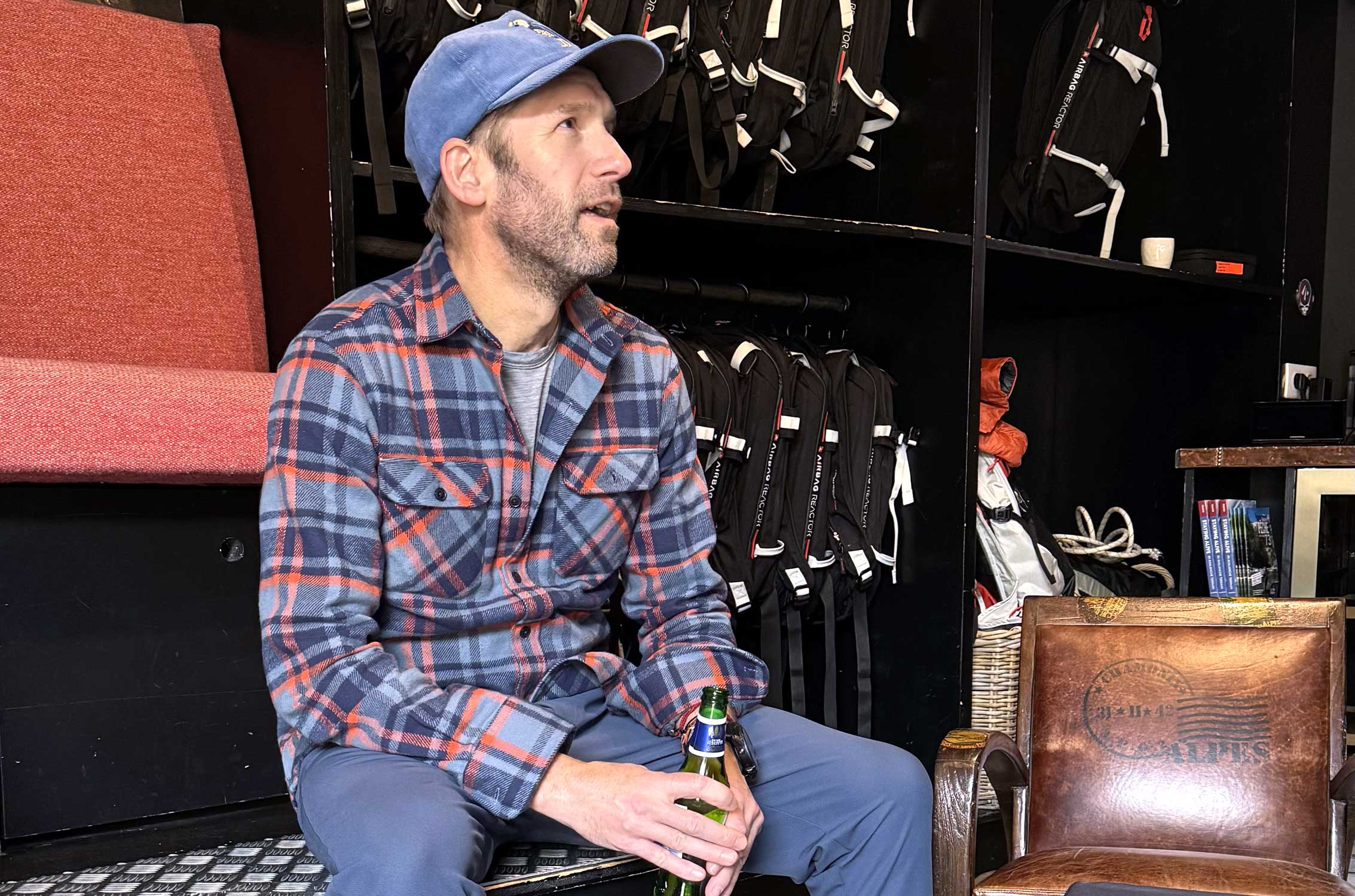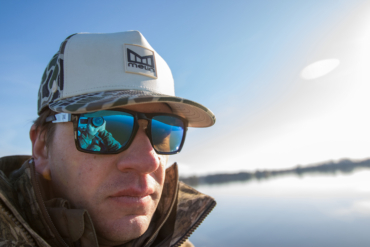A chance meeting with a merino sheep farmer: It was one of those defining moments that marked a new direction for the outdoor industry.
Then-24-year-old New Zealander Jeremy Moon founded the base layer company Icebreaker in the mid-‘90s, a time when synthetics ruled in the active undergarment world.
Moon had recently returned from a 5-day kayaking trip, and his polyester base layer was smelly, sticky — and made of plastic. He was reminded first-hand of the downsides of synthetic clothing. He wondered if there could be a better way.
Meanwhile, Moon’s girlfriend had just come back from a merino sheep ranch on New Zealand’s Pohuenui Island, where a farmer had started experimenting with merino wool fiber in outdoor clothing.
Moon set off to find out more. When the farmer gave him a merino wool tee to try, he didn’t want to take it off. “The American girl returned home, and the T-shirt became my mistress,” said Moon.
He started Icebreaker as a way to further explore what the fiber could offer. And with that, the original natural base layer was born. We spoke with the brand to learn more about the journey to make wool a mainstream performance fabric.
1995: Enter the Base Layer Disruptor
Inspired by nature, Moon looked to it for direction. In New Zealand, sheep are part of the landscape. Where they graze in the high country, they have adapted to the extremes of hot and cold by shedding and adding layers of wool.
To develop the original natural layering system, Moon started with merino wool’s known qualities of lightweight warmth and natural odor resistance. Then, using a simple system of different layering weights, he showed people how to layer up or down for maximum comfort in any environment.
Merino wool had a key factor that set it above other types of wool: It was incredibly soft next to the skin whereas traditionally wool could be scratchy and harsh.
“The first thing that goes next to the skin matters,” according to Carla Murphy, Icebreaker’s chief brand and product officer. “Naturally, it has an immense impact on how the entire body performs in various environments, as it helps regulate body temperature.”
At the time, however, the base layer was a “very masculine-driven landscape and product category … with a majority of brands focused on synthetics,” Murphy said. But when people started becoming more aware of plastic, especially against the skin, Icebreaker became an exciting new natural alternative.
1998: Spreading the Merino Message
In the late ’90s, two things propelled Icebreaker forward. First, the brand solidified long-term contracts with key merino wool growers, which created stability for growers and a regular, high-quality fiber supply. Second, it expanded outside of its New Zealand base, further spreading the word about this alternative, natural base layer on a global scale.
Part of this growth was about a key brand message. “Behave as nature designed — resourcefully, symbiotically, and with the ability to adapt to changing environments,” Murphy said.
The irony is that today, many synthetic-based technologies attempt to directly replicate how nature works. According to Murphy, Icebreaker is unique because “a majority of its material base is natural and built heavily on the principles of using sustainable fibers for their intended purpose.”
2000s: Cultivating Relationships With the Earth, Each Other
For the last decade, Icebreaker’s performance wool base layer has utilized an obvious relationship between people and nature. But the brand had always wanted to look deeper at the relationship between men and women in its male-dominated industry.
In many ways, having an intentional women’s line was groundbreaking.
“Outdoor brands were about men,” Murphy said. “But Icebreaker business and product collections are 50/50.”
2008: Mulesing Ban Sets New Benchmark
By 2008, Icebreaker became the first company to ban mulesing, the practice of removing strips of wool-bearing skin from around the buttocks of a sheep. It’s a means to prevent flystrike, a health risk.
Now, Icebreaker growers use other ethical methods to manage, prevent, and treat flystrike. And the industry at large has since adopted this policy. “It has become part of the benchmark for other merino companies,” Murphy said.
Now: Still Inspiring Natural Alternatives
Icebreaker created the natural base layer category 24 years ago.
“Now, there are hundreds of brands working with what nature provides,” Murphy told us. “Whilst we’re not perfect, we are proud of our heritage and commend other brands making the shift toward more sustainable ways of sourcing, making, and acting. Ultimately, one brand can’t change an industry. But together, we can have an impact.”
As for the future, Icebreaker remains solid in its commitments. The brand intends to keep promoting the use of natural materials and processes across the apparel industry.
Murphy said, “Nature is not an endless resource. The future of our planet relies heavily on our collective ability to change how we produce — and consume — things.”
This article is sponsored by Icebreaker. Learn more about the original natural layering system here.












